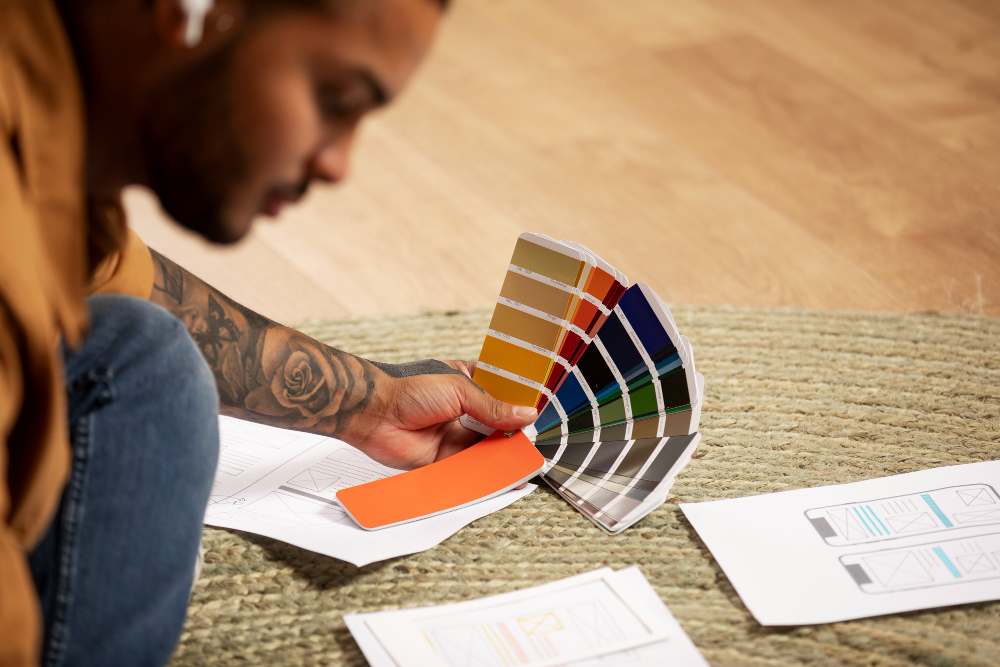Blues and greens typically evoke tranquility, making them natural choices for bedrooms and bathrooms where relaxation is paramount. Warmer hues like terracotta and mustard stimulate conversation and appetite, explaining their prevalence in dining and gathering spaces. At Bumble Bee Decor, we begin every color consultation by discussing not just how clients want their spaces to look, but how they want those spaces to feel and function throughout different times of day and seasons.
Natural light represents perhaps the most overlooked yet crucial factor in color selection. Northern exposure casts cooler, bluish light that can make already cool tones appear flat or harsh, while southern exposure bathes rooms in warm, consistent illumination that enhances nearly every color. Eastern exposure brings bright, yellow morning light that changes dramatically throughout the day, while western rooms experience golden afternoon glow followed by dramatic sunset hues. We recommend testing paint samples on multiple walls and observing them throughout the day before committing. A color that appears perfect at noon might transform entirely by evening, revealing undertones invisible in certain lighting conditions.
Transitional color flow throughout a home creates visual cohesion without sacrificing individuality in each space. Rather than selecting colors in isolation, consider how they’ll appear when viewed from adjacent rooms. Creating a whole-home palette doesn’t mean painting every room the same shade—instead, choose colors with complementary undertones that converse with one another. For open-concept homes, this becomes particularly important; while distinct areas can feature different colors, they should share common undertones that unify the overall experience. Consider painting a small swatch of your selected colors on a portable board that you can move between rooms to observe how they interact.
The 60-30-10 rule provides a time-tested framework for balanced color distribution within a single space. This approach allocates 60% of a room to a dominant color (typically walls and large furniture pieces), 30% to a secondary color (accent furniture, textiles, substantial accessories), and 10% to accent colors that add personality and visual punctuation. This distribution creates necessary hierarchy while preventing any single color from overwhelming a space. While certainly not the only approach to color balance, this rule offers a valuable starting point for those feeling overwhelmed by options.
The most enduring palettes transcend fleeting trends by drawing inspiration from timeless sources—the muted greens and blues of ocean landscapes, the warm neutrals of natural fibers, the rich terracottas and ochres of ancient pottery. At Bumble Bee Decor, we encourage clients to look beyond paint chips to the natural world and cultural artifacts that have withstood centuries of changing tastes. A shell collected from a meaningful beach trip might inform a perfect bathroom palette; a treasured textile from family heritage could inspire an entire home’s color story. These personal connections transform mere color choices into meaningful expressions of identity, creating spaces that feel authentically yours regardless of prevailing design trends.

